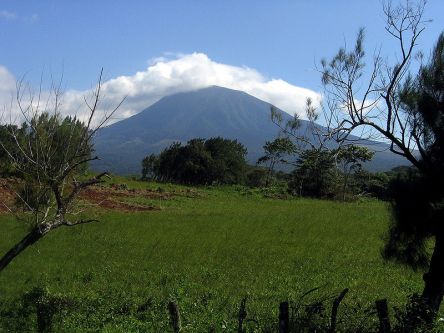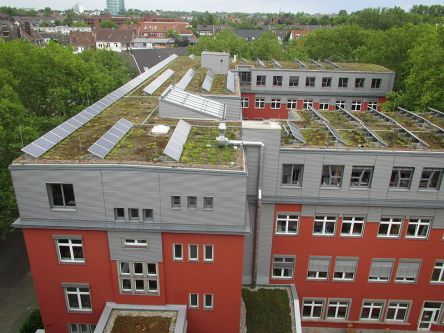The United Nations predicts that by spring 2024 the world’s population will reach 8 billion. Meeting the energy needs of the world’s ever-growing population is a hot-button issue, especially in the context of finite carbon-based energy sources and the looming danger of irreversible climate change. While going carbon-neutral can seem like an unachievable goal in its complexity, there are trailblazers whose goals are exactly that: shifting populated environments away from fossil fuel dependency and onto a system of renewable energies. We’ll be taking a look at some the superstars of carbon-neutral environments and renewable energy trailblazers. Costa Rica The 2010 winner of the World Future Council’s Future Policy Award, Costa Rica has long been lauded for its environmental conservation and protection initiatives. But the little Latin American country was the focus of intense global acclaim in March 2015 when it announced that it has generated 100 percent of all its electricity from renewable sources for the 75 days straight of the year. The state-run Costa Rican Electricity Council (ICE) released information detailing that it had managed to avoid using any fossil fuels to generate electricity until mid-March by using a combination of biomass, wind, solar, geothermal and most importantly hydroelectric power plants, boosted by heavy rainfall experienced this year. Under normal conditions, Costa Rica already sources 88 percent of its electricity from renewable sources. Hydroelectric plants provide 68 percent of Costa Rica’s electricity followed by geothermal plants with a 15 percent share, wind farms provide 5 percent, biomass sources under one percent and solar chips in with 0.1 percent. Carbon-zero 2021 The Central American country plans to further expand its renewable power plant infrastructure in a bid to achieve carbon neutrality by 2021, as pledged six years ago. 100 megawatts worth of wind warms...
Glorious Green Roofs
Renewable Future
France, the epicenter of style and fashion, has recently dealt a blow to the detractors of solar panels and green roofs by passing legislation that will require all new commercial buildings to feature green roofs. New buildings constructed in French commercial zones will have to be partially covered by either living foliage or solar panels, under the new law, which, albeit less drastic than its initial form (which would have applied to all buildings and the entire surface of roofs), will have a significant impact. Installing solar panels will obviously add green energy to France’s massive energy appetite. Green roofs will bring their own plethora of environmentally friendly features. Higher costs –bigger returns Green roofs significantly increase the insulation of a structure, thus decreasing the need for air conditioning and heating. According to a recent study by Universidad Politécnica de Madrid and Università Politecnica delle Marche researchers, roofs with dense vegetation are 60 percent more efficient than traditional roofs and can in fact act as passive cooling systems. Furthermore green roofs absorb less heat during the day than traditional roofs, thus lowering the heat island effect that plagues cities, especially large urban environments. This is further exacerbated by the fact that green roofs release less energy during the night than they absorb during the day. Moreover, green roofs absorb a large quantity of rainwater, reducing runoff, decreasing the pressure put on city sewage systems, especially during large weather events. When local and/or drought-resistant flora is used for green roofs, there is little to no added water consumption. Green roofs also contribute to healthier environments by absorbing pollutants and releasing oxygen and providing shelter and nesting places for birds and small local fauna, contributing to local biodiversity. Green roofs can also be used as gardens...


